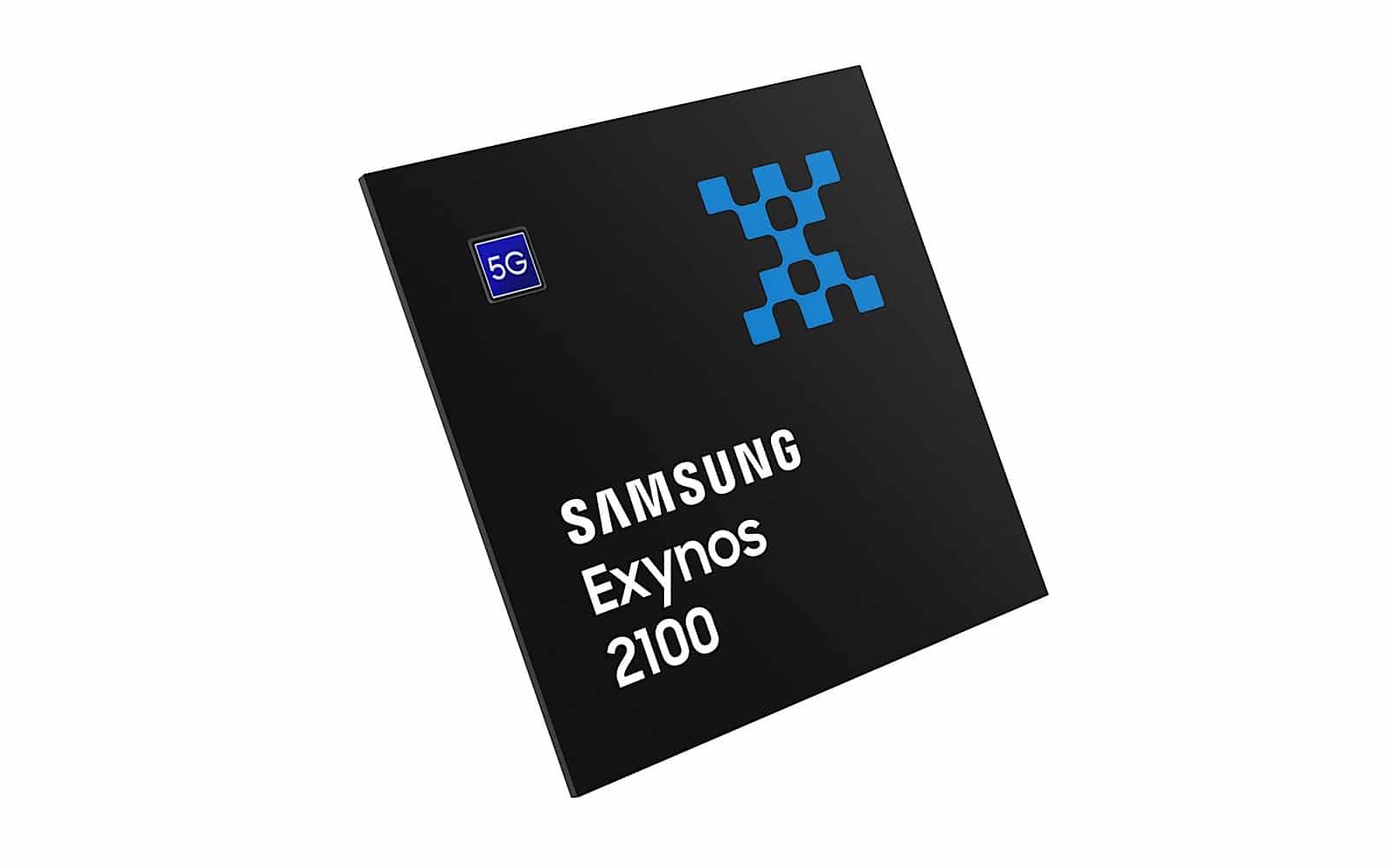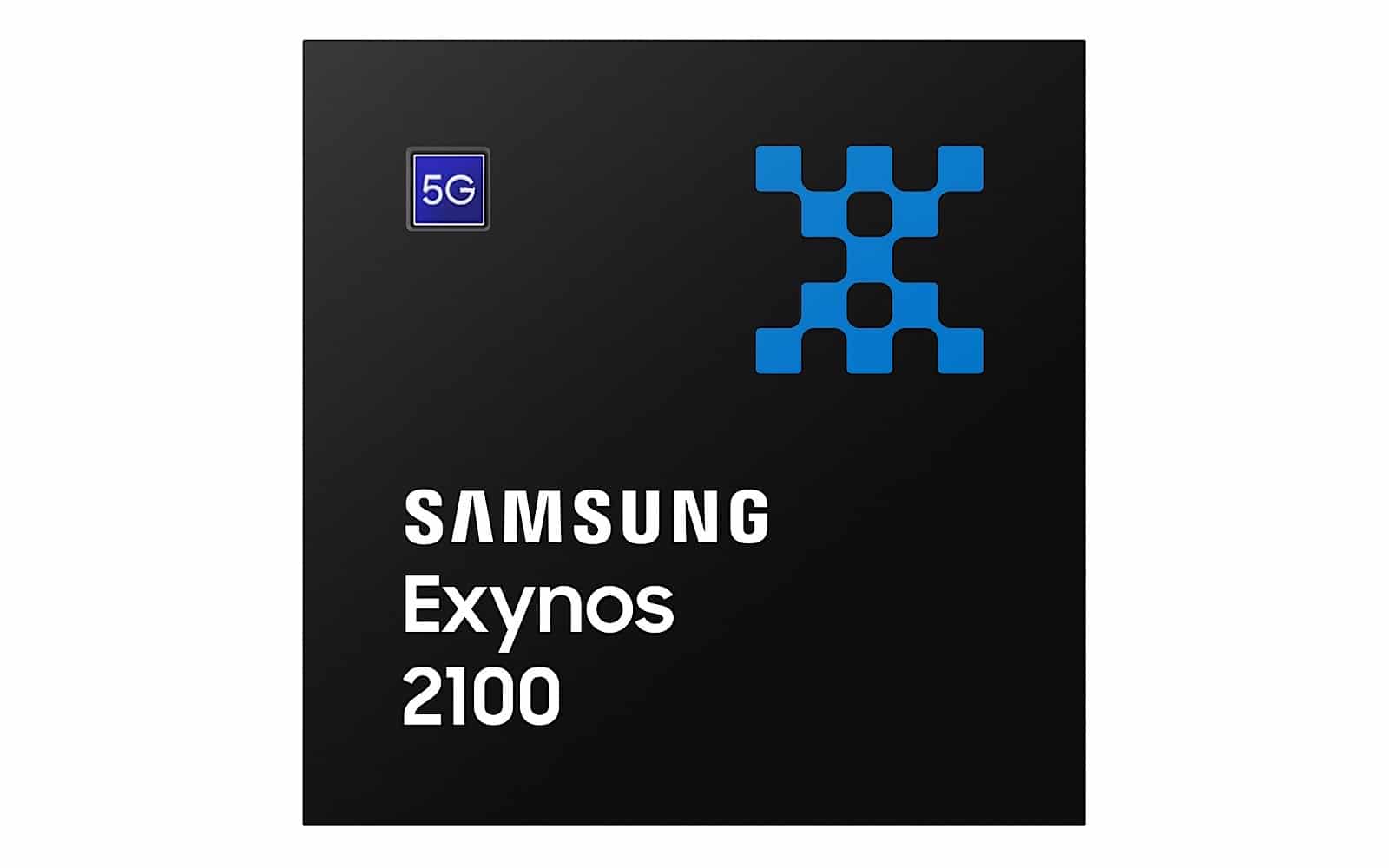There’s a new Galaxy set to be announced later this week, and ahead of it, Samsung is talking about its new chip.
Not every smartphone is the same, what with a difference in features and capabilities, but some of those differences come from the chip that powers the phone. Much like how the recent iPhone 12 range sports a new chip that features some high speeds and advanced AI capabilities, phone makers often look for the best chip that can make the case to make its phone the best it can be. While a processor is just one part of what makes a phone into what it is, it’s also a big part.
Most phone makers don’t make their own chips, though. That needs to be said. Glance at the assortment of phones made by Google and LG and Oppo and others, and you’ll typically find a Qualcomm Snapdragon inside, while Australia’s Samsung phones often come with chips designed and made by Samsung itself. That’s distinct from the US Samsung phones, which tend to go with Qualcomm’s Snapdragon chips.
The difference between Australian Samsung phones and American Samsung phones is one reason why it’s important to read Australian reviews of a Samsung phone if you’re considering buying one, because the hardware is very different, and the 5G networks we use equally so.
And this year, that trend appears to be on track for being much the same, as Samsung talks up its next chip likely coming to Australian Galaxy phones in 2021, the Exynos 2100. That’s what we can expect in Aussie high-end Samsung phones this year, compared to the Qualcomm Snapdragon 888 in the American counterparts, which was already announced last year.
It’s a similar piece of technology, it seems, as Samsung’s latest chip includes 5G and works on the small 5 nanometer process, making it a very small and capable chip. Samsung’s Exynos 2100 will also support not just one variant of 5G, but both the common sub-6 5G technology used in Australia, plus the upcoming mmWave technology expected to roll out in 2021 and beyond.
However connectivity is just one part of the package in the new chip, with other features found within. You’ll find an eight core chip here, with aspects of the technology built for high-efficiency, a problem that last year’s Galaxy Note 20 struggled with, as battery life wasn’t as impressive as expected, at least from where we sat.
There’s also more graphical prowess in the Exynos 2100, complete with support for augmented reality and mixed reality, plus a technology to optimise the power usage of the whole thing, including computational processes, graphics, and other aspects of the system.
Even the camera part of the processor sports an improvement, capabl of handling up to 200 megapixels and able to handle up to six camera sensors on the one phone. That might give you an idea of what to expect when the next Galaxy launches this week, or even something else later in the year.
Our guess is this will be what’s in Samsung’s S21 when it launches later this week, though clearly, with only a couple of days before that happens, we’ll let you know as and when it does.






